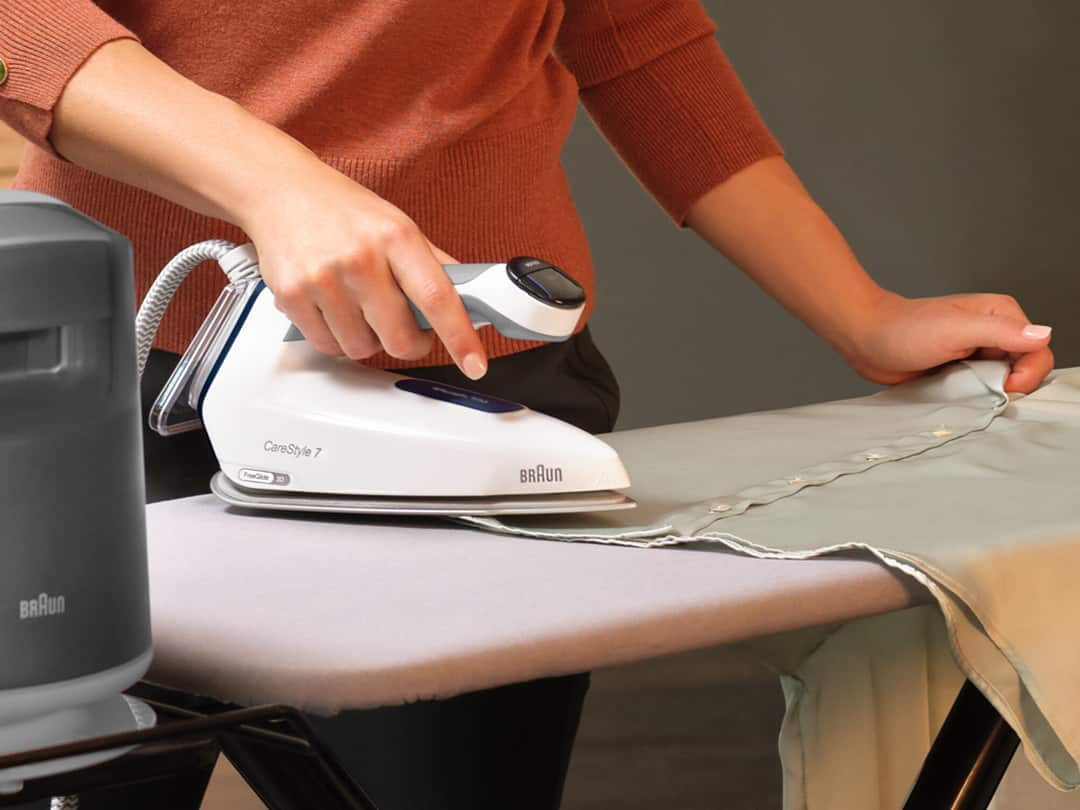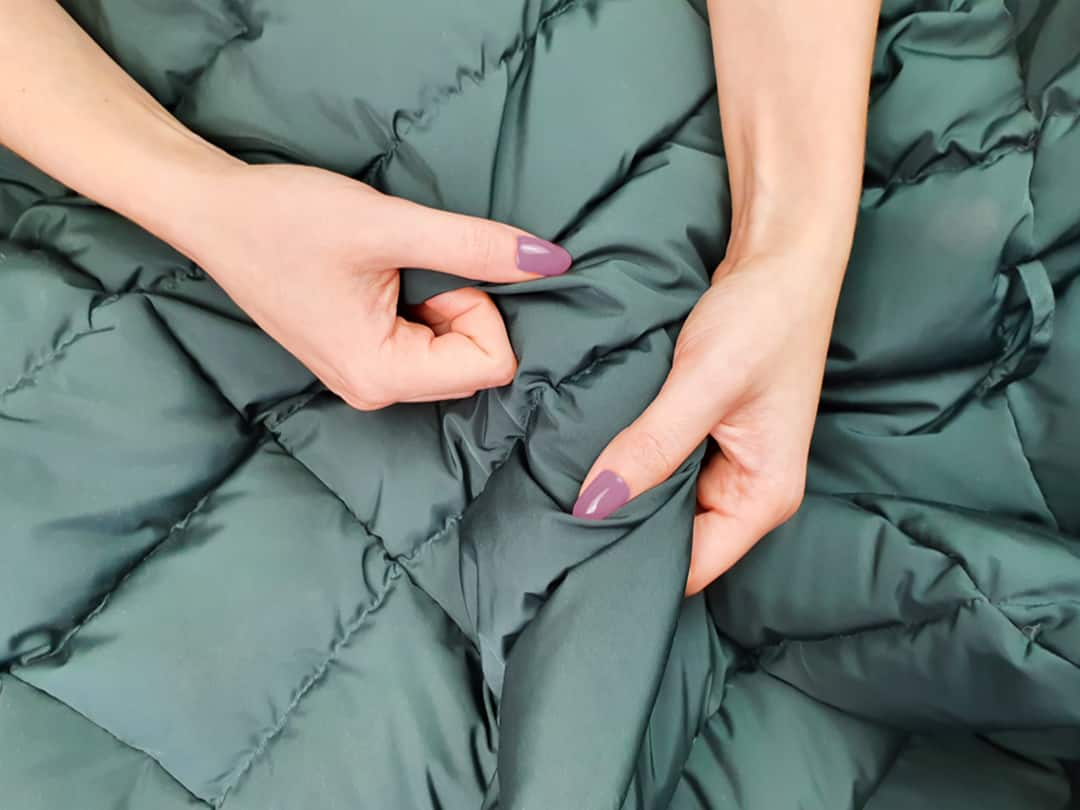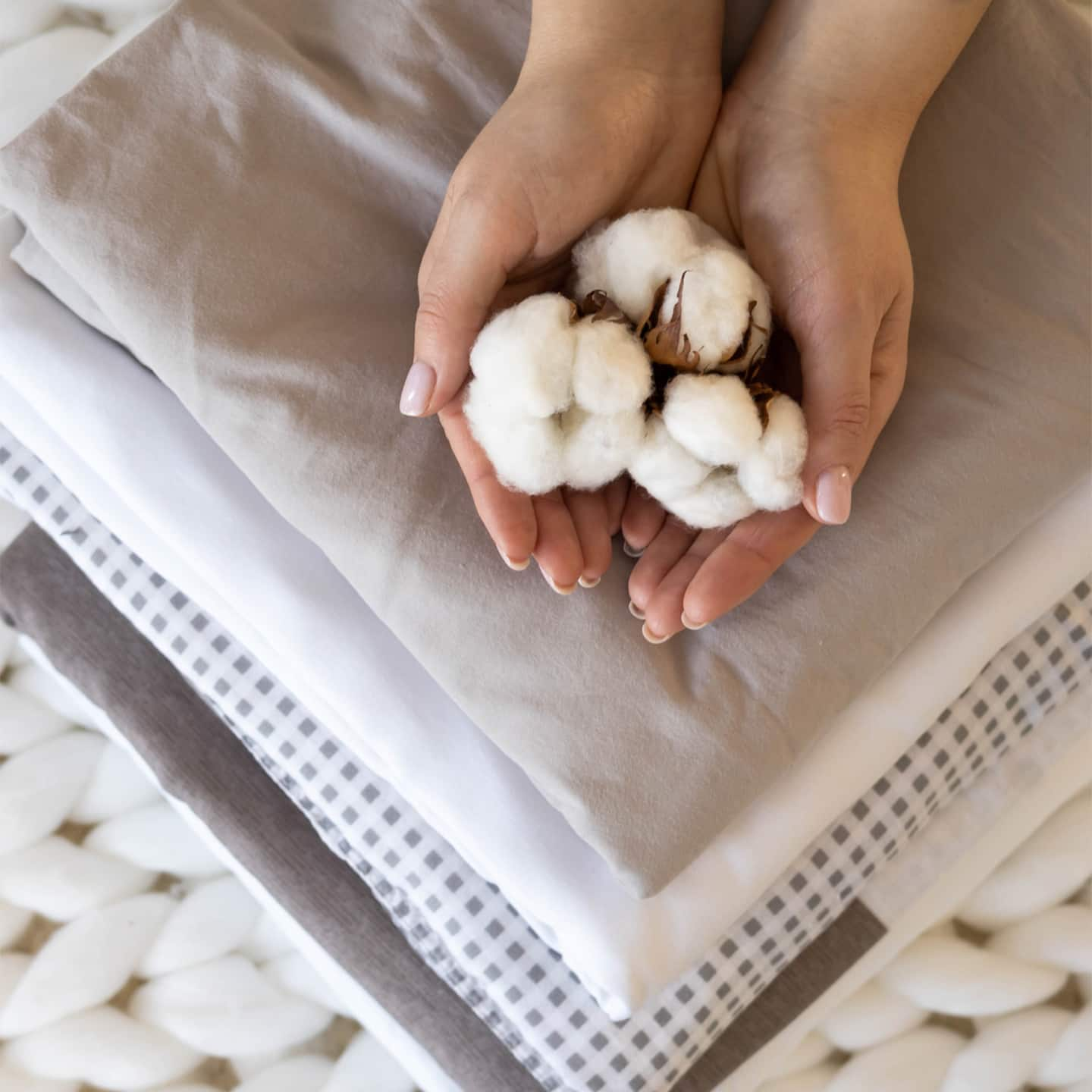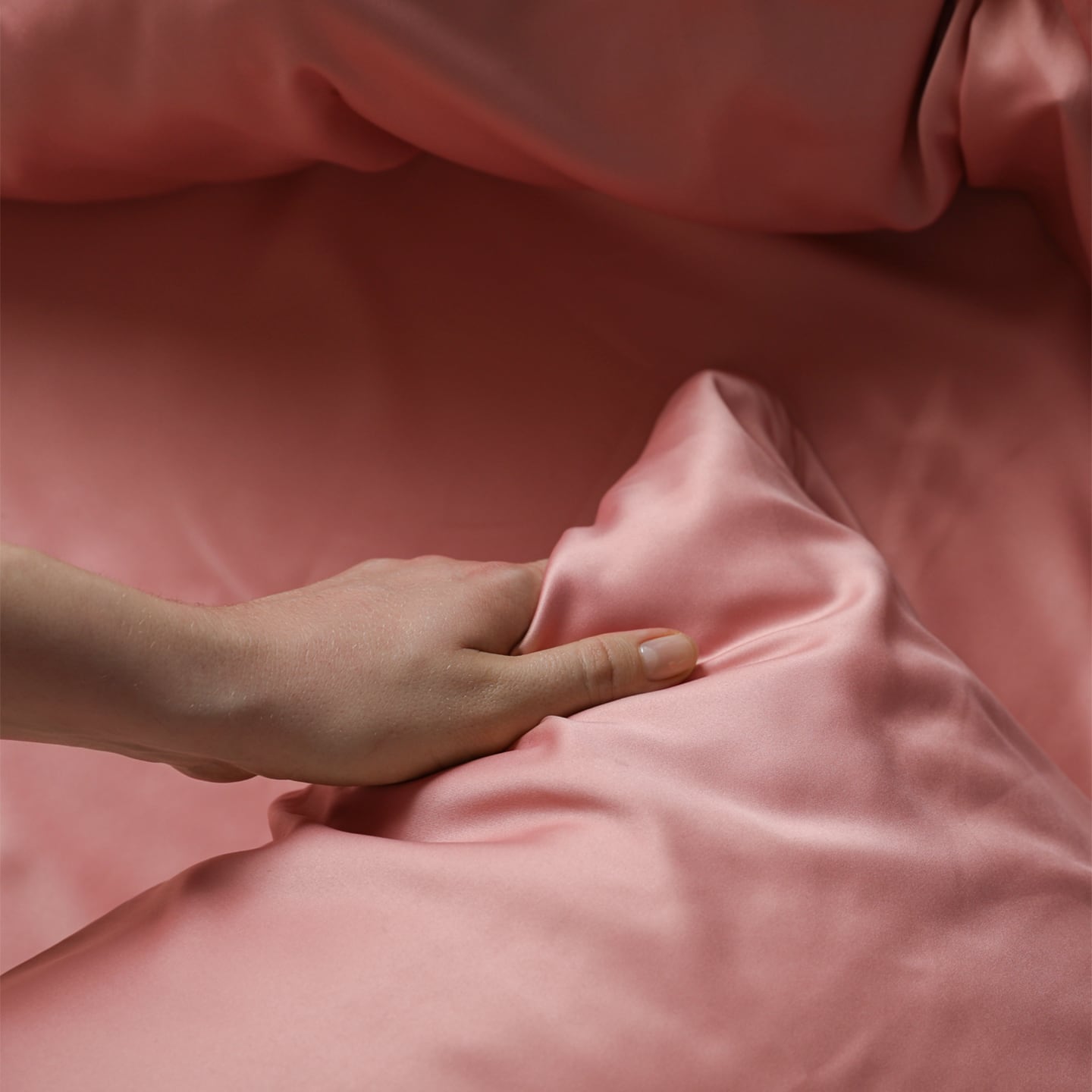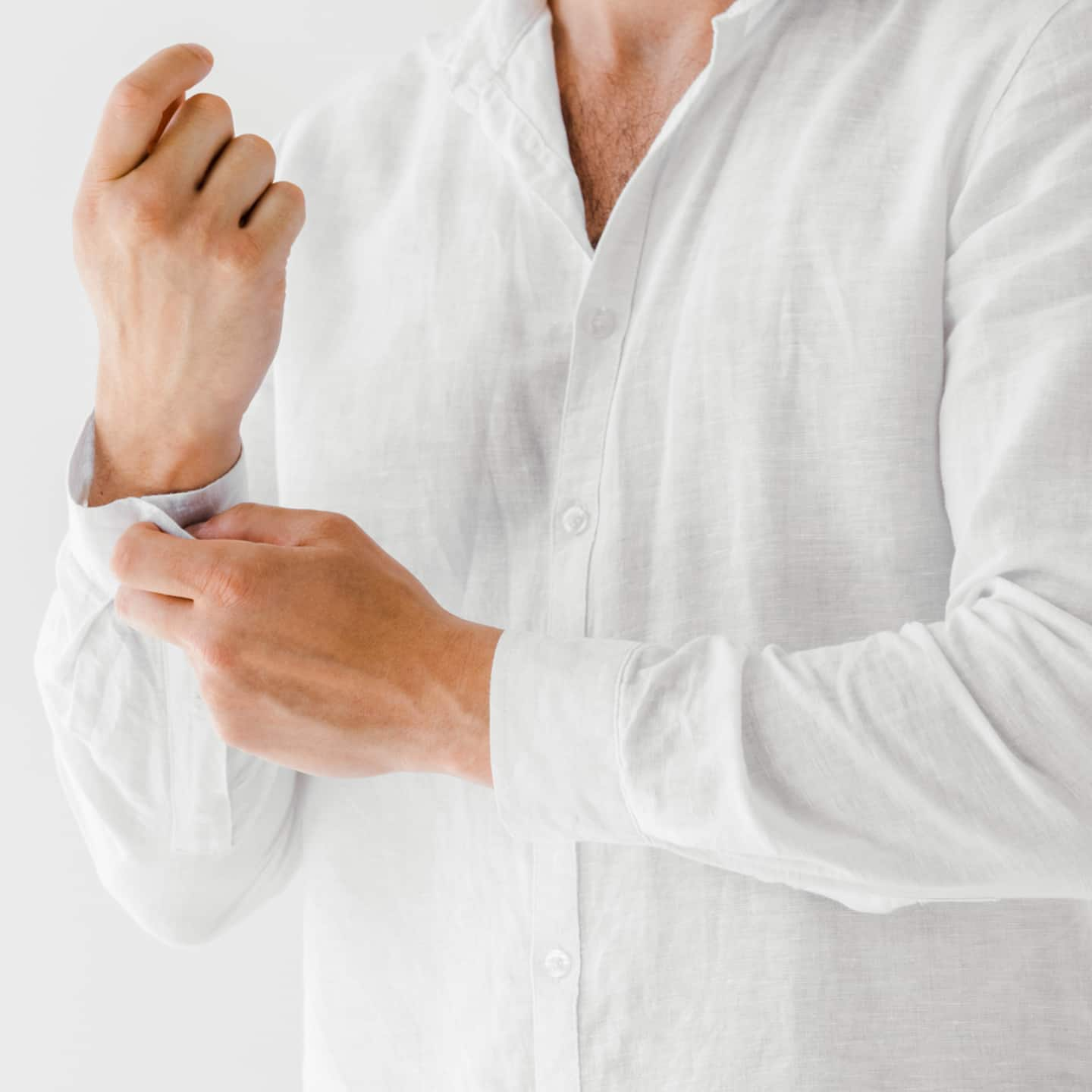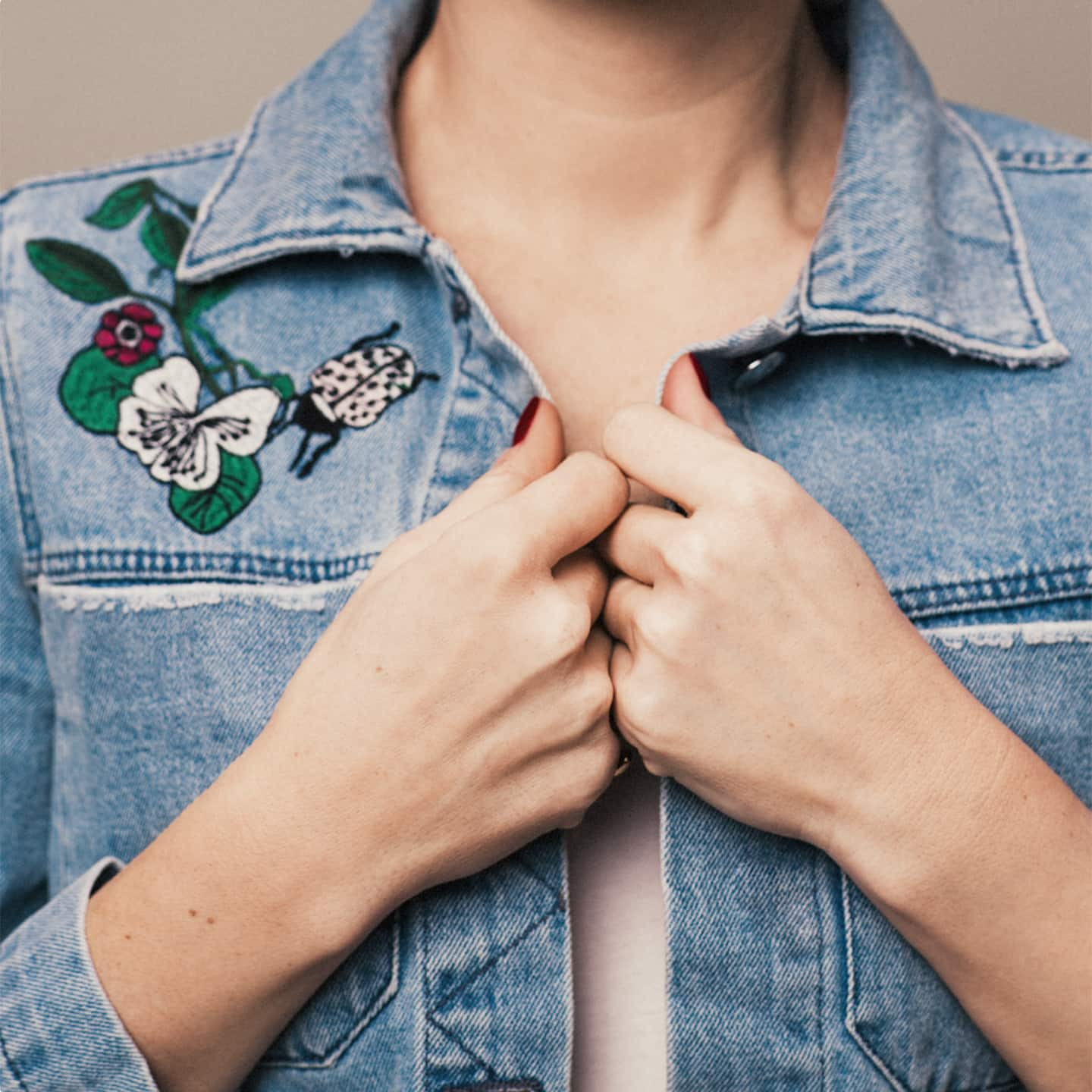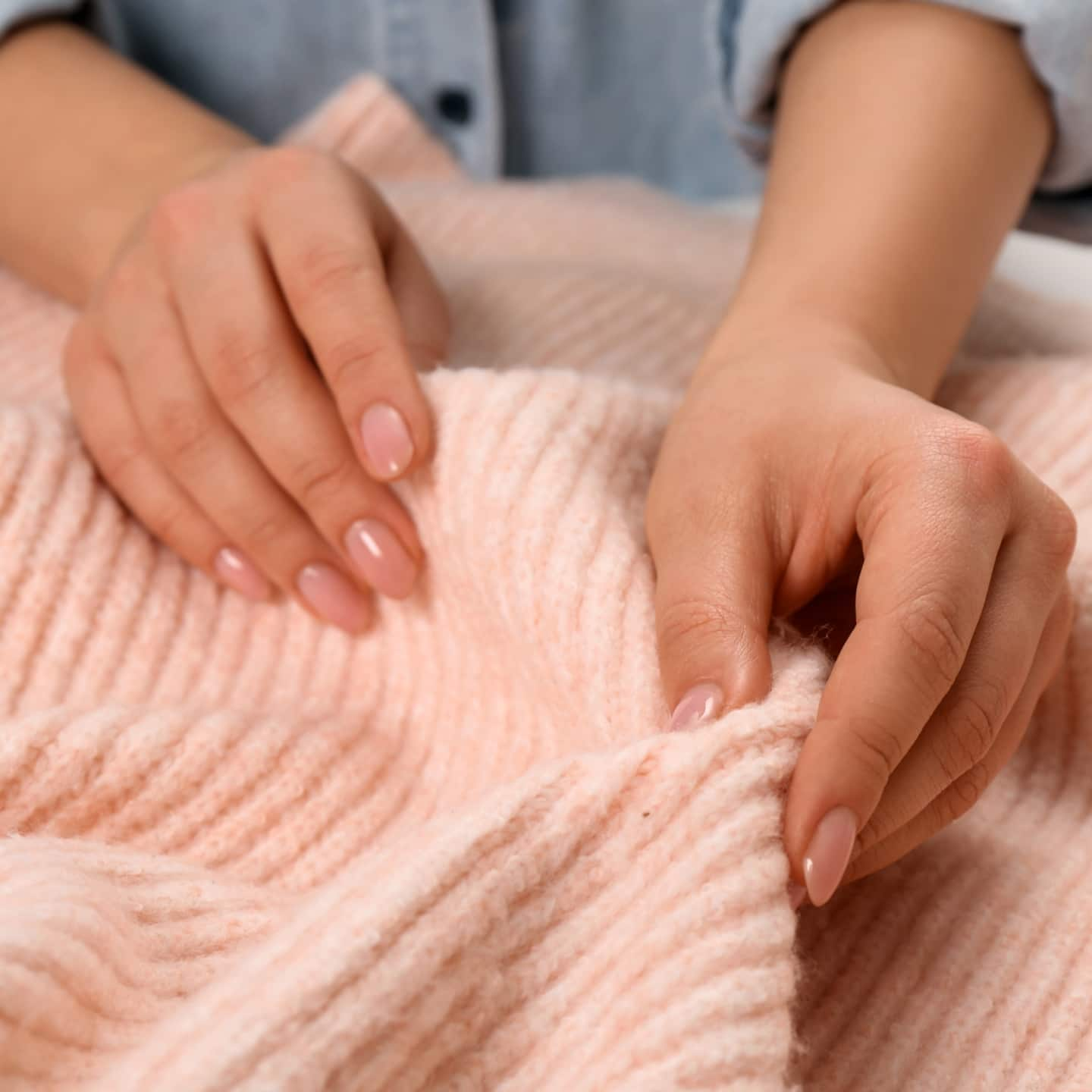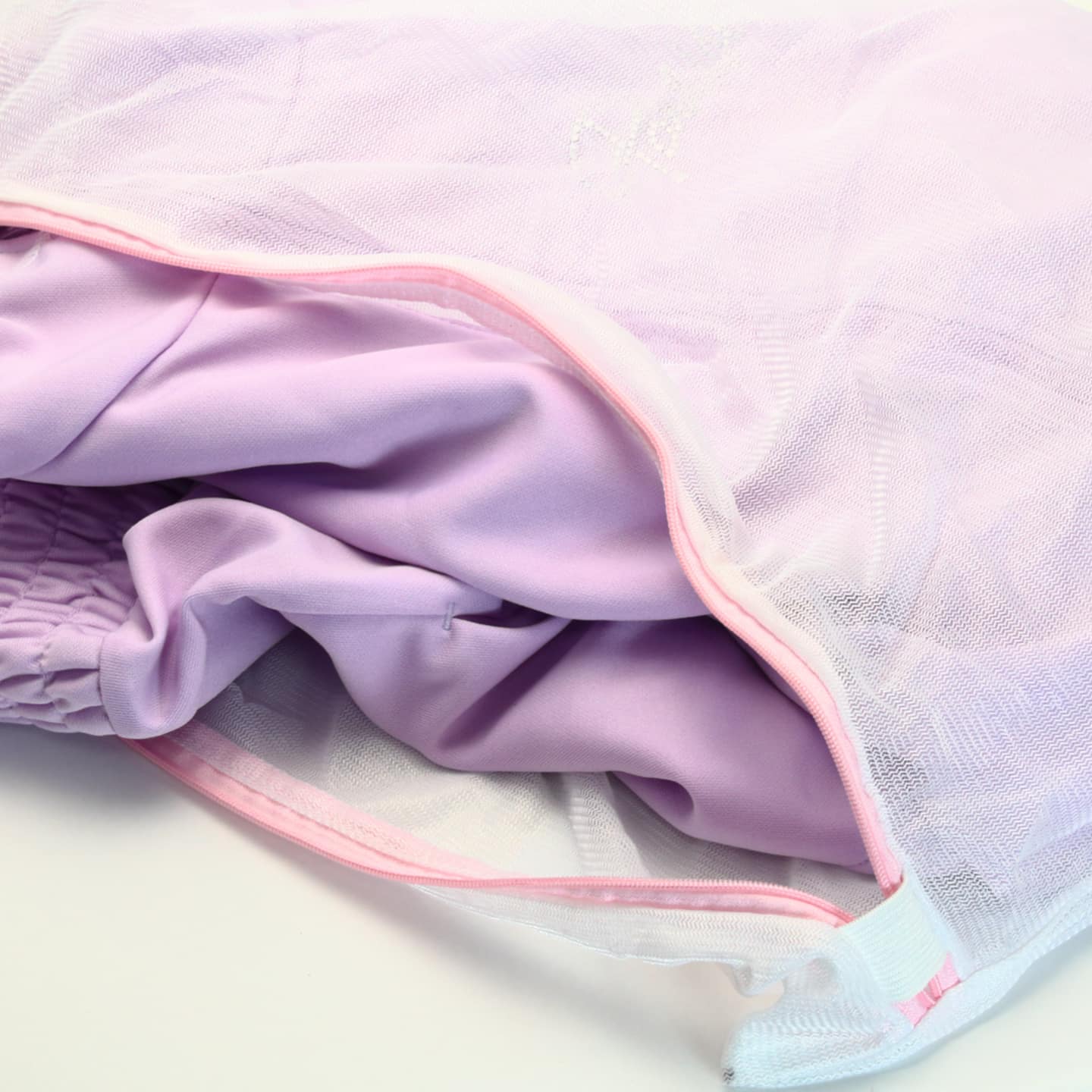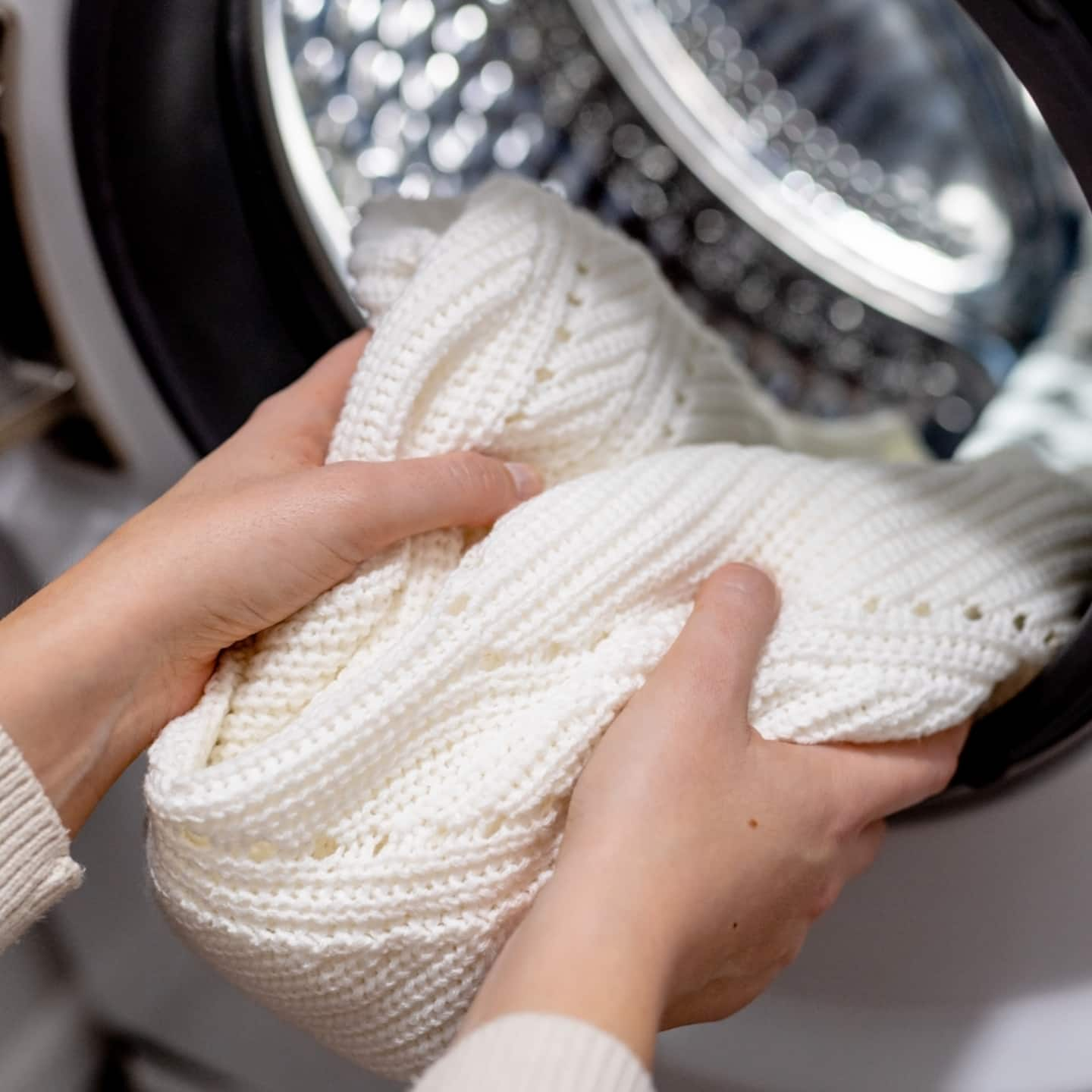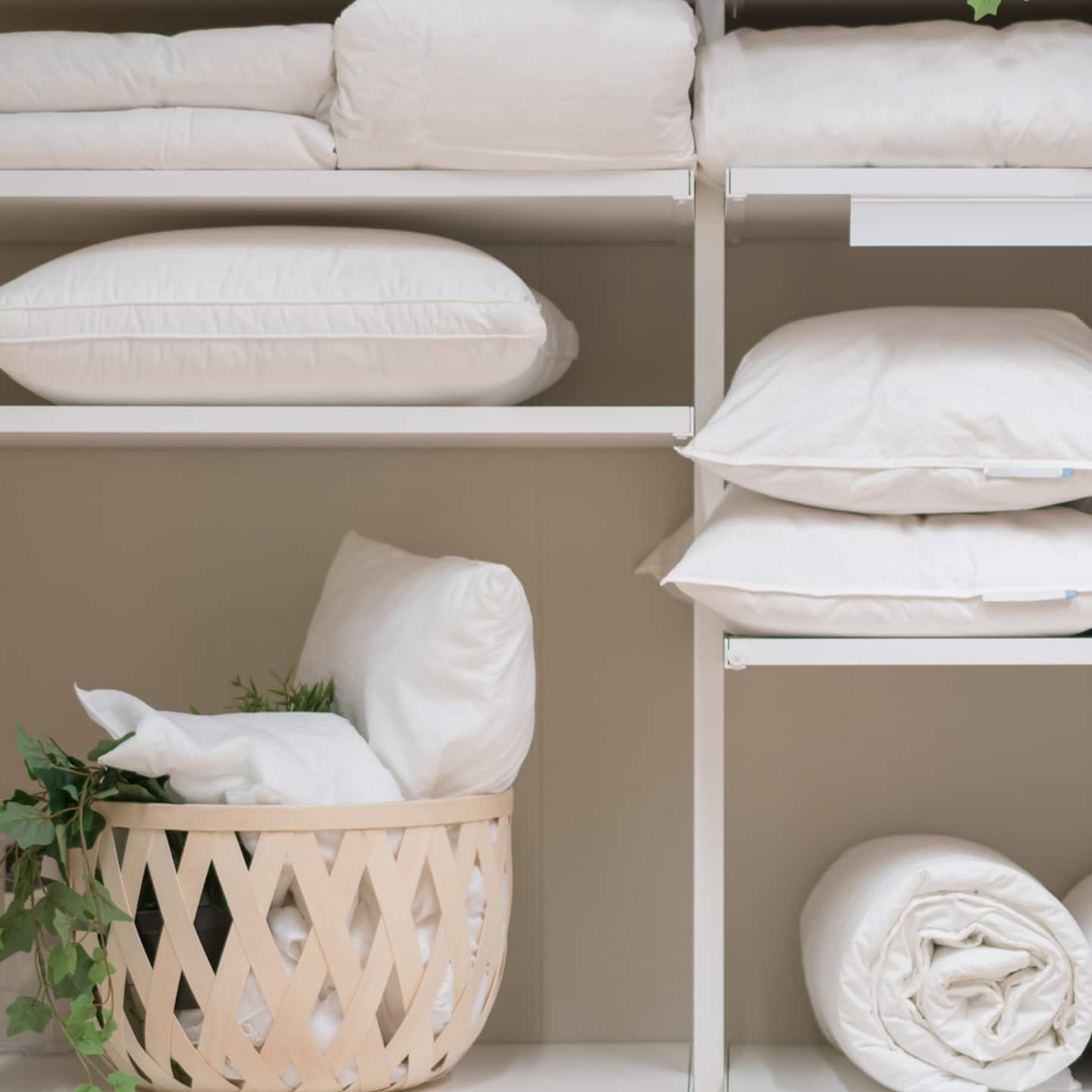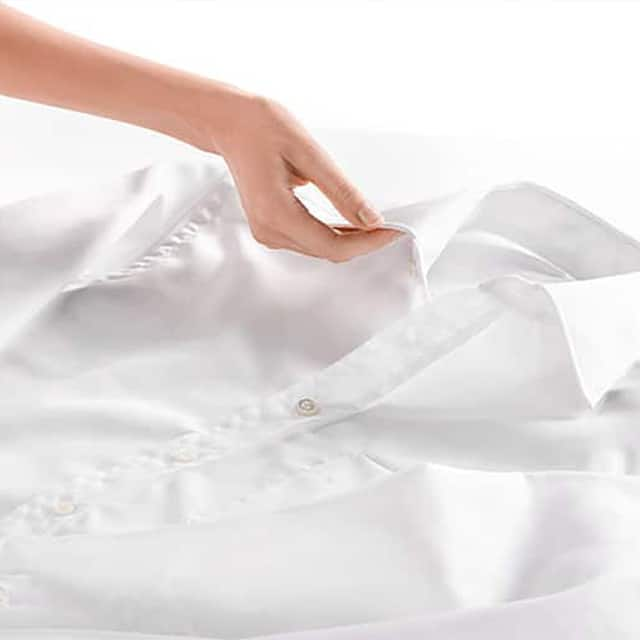Tilberedning av mat
Frokost
Klespleie
Kampanjer
Bli inspirert
Brukerstøtte
Tilberedning av mat
Frokost
Klespleie
Kampanjer
Bli inspirert
Brukerstøtte

Tilbehør til stavmiksere
Perfekte resultater

Stavmiksere
Perfekte resultater

Tilbehør til stavmiksere
Perfekte resultater

Håndmiksere
Føl gleden ved matlaging og baking.

Muggeblendere
Bland sauser, drinker med is og mer.

Foodprosessorer
Kompakt. Intelligent. Sterk. Utvilsomt Braun.

Multifunksjonelle kontaktgriller
Alt i ett. Perfekt grillet kjøtt og mye mer.

Multifunksjonelle kontaktgriller
Alt i ett. Perfekt grillet kjøtt og mye mer.


Vaffel- og toastjern
All favorittsnacksen din på et blunk.

Kaffetraktere
Intuitiv design. Innbydende aroma

Kaffetraktere
Intuitiv design. Innbydende aroma

Vannkokere
Rask og pålitelig, med unik design.

Brødrister
En smakfull start på dagen.

Råsaftsentrifuger
Rask og pålitelig, med unik design.

PurEase-kolleksjon
Vakker frokost. Enkel morgen.

ID Frokost-kolleksjon
Start dagen på din måte. Frokost akkurat slik du liker den.

Frokost-serie 1
Akkurat det du trenger. Få en god start på dagen.

Strykejern med dampgenerator
Perfekte resultater raskere og enklere.

Strykejern med dampgenerator
Perfekte resultater raskere og enklere.

Dampstrykejern
Feilfri stryking – raskt og enkelt.


Bærekraft hos Braun
God design varer lenge.

Bærekraft hos Braun
God design varer lenge.

Tilbehør til Brauns stavmiksere
Opplev allsidigheten.


Oppskriftssamling
Morsomme og enkle oppskrifter fra Braun.

Brukerstøtte og service
Hva kan vi hjelpe deg med?

Personlig pleie
Utforsk Brauns produkter for hårfjerning, stell og hudpleie.

